
DHA collaborates to further sequence the SARS-CoV-2 Code
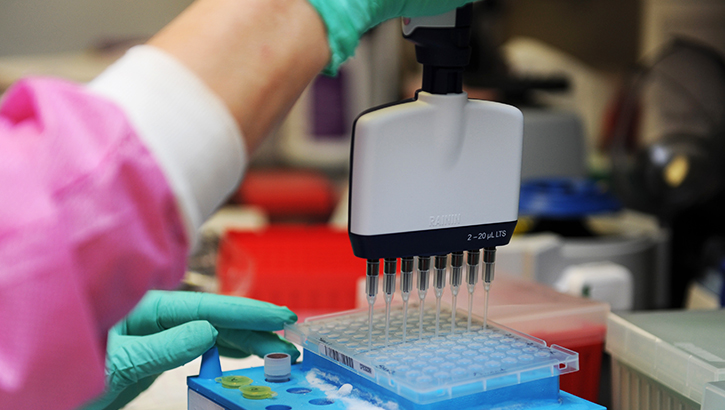
The Air Force Medical Genetics Center is the only laboratory of its kind in the entire Defense Department and is aiding in the fight against COVID-19 by conducting deep genomic sequencing of the SARS-CoV-2 virus strain. (U.S. Air Force photo by Kemberly Groue)
The key to finding a vaccine or effective treatment against COVID-19 may lie in its genetic code. Researchers around the globe are searching for clues to unlock the secrets of the novel coronavirus as the epidemic continues to spread worldwide. The Air Force Genetics Center of Excellence at Keesler Air Force Base in Biloxi, Mississippi, is aiding in that scientific research effort to sequence the severe acute respiratory syndrome coronavirus 2 (SARS-CoV-2) genome, the virus strain that causes COVID-19.
As the reference genetic testing laboratory within the DoD, Keesler knows genetic sequencing. Researchers at the lab have contributed to overall readiness efforts in testing for a wide variety of genetic markers, from rare causes of sudden cardiac death to hereditary cancers. Testing also includes pharmacogenomics, which predicts a patient’s response to drug therapy based on their genetic makeup.
“From a readiness perspective, that's a service member who’s ready earlier to go back to the fight instead of waiting two to three months to get on the right medication,” explained Air Force Maj. (Dr.) Mauricio De Castro, the director of the molecular genetics laboratory at the Genetics Center.
Keesler responded as soon as the overall COVID-19 response effort began. “Because we have broad expertise and capabilities when it comes to genetics testing, I volunteered our lab to take on this challenge,” said De Castro, noting that the benefit of being a military lab means being flexible in times of crisis. The molecular diagnostic lab at Keesler is just one member of a large group of collaborators working together to decipher the SARS-CoV-2 genome. Keesler has partnered with the Centers for Disease Control and Prevention, the National Institutes of Health, academic institutions, and other DoD labs, including the 711th Human Performance Wing at Wright-Patterson AFB in Ohio.
In coming weeks, the Keesler lab plans to conduct sequencing of the SARS-CoV-2 virus obtained from positive cases. Sequencing of one viral genome takes anywhere between six to 12 hours. Data from the novel coronavirus will provide critical information to researchers as the virus continues to change over time.
A genome is a long string of information that contains the blueprint genetic material of any organism, explained De Castro. Sequencing is the process that scientists use to read the string of letters (nucleotides) within the genome to decipher patterns and mutations, or changes, within the virus over time. The SARS-CoV-2 genome has between 29,000 and 30,000 letters, according to De Castro. For reference, the human genome contains over 3 billion letters.
“If you know the genomic sequence, you can know what to target for treatment, medications, vaccines, etc.,” De Castro said.
To date, scientists around the world have shared over 10,000 viral genome sequences of the novel coronavirus. As the virus continues to change and spread, sequencing more SARS-CoV-2 genomes becomes vital because the cumulative data help researchers view the rate of change over time and track the ongoing outbreak.
Similar to pattern recognition, when comparing the genomes letters against each other, researchers were able to draw conclusions on the most likely origins of the virus to that found in bats. They also recognized specific sequences within the virus that have remained constant, and largely free of mutations, which is vital in figuring out how to attack the virus, De Castro explained.
Parts of the genome in each organism serve such critical functions that those features seldom ever undergo significant change, De Castro said. “If you target parts of the virus that don't change as much, you have a much better chance of coming up with an effective treatment or vaccine. And so that's where knowing the specific proteins, the sequence of the proteins and what they do and how they have changed, is important,” he added.
Previous research from other coronaviruses has given researchers an advantage in the race to find a vaccine for COVID-19. “Studying closely related coronaviruses that have caused epidemics in humans before, like Severe Acute Respirator Syndrome (SARS) in 2003 and Middle East Respiratory Syndrome or MERS in 2012, will aid pharmaceutical companies in more quickly developing an effective vaccine,” De Castro said. “The key will be in deciphering the differences between the novel coronavirus and closely related viruses, as it appears that small changes to its genomic sequence have made it more lethal and contagious.”
For the latest information about COVID-19 from the DoD, visit the MHS coronavirus webpage.
MHS Nurse Advice Line proves to be invaluable during COVID-19 pandemic
Article
5/7/2020
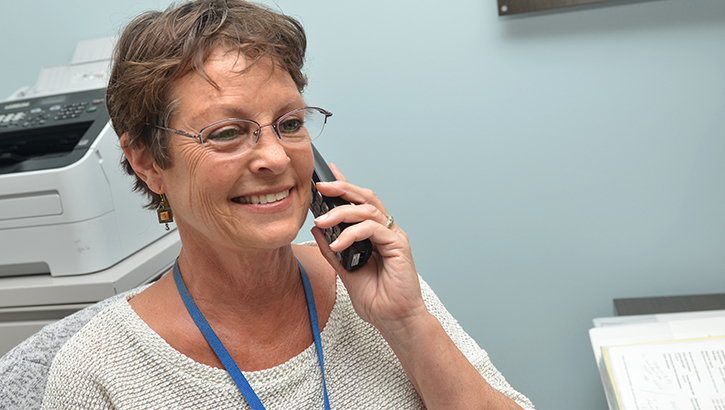
Learn about the NAL and other ways to get advice on COVID-19
'I Am Navy Medicine, helping stop the spread of COVID-19'
Article
5/7/2020
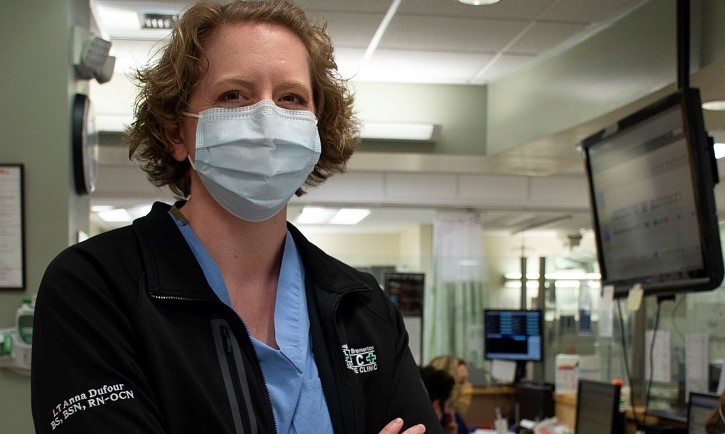
NMRTC Bremerton’s Urgent Care Clinic (UCC) is a microcosm example of nurses – and teamwork - in action.
DoD to honor nurses during National Nurses Week 2020
Article
5/6/2020
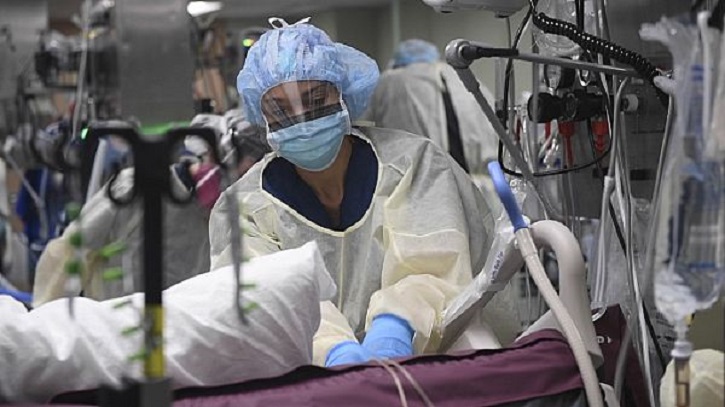
National Nurses Week begins on National Nurses Day, May 6, and culminates May 12.
Naval Health Clinic Oak Harbor Honors Nurses during National Nurses Week
Article
5/6/2020
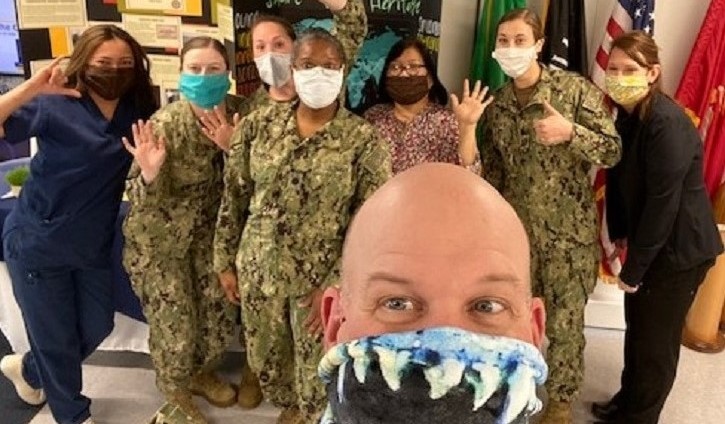
The MHS theme of 2020 National Nurses Week is “Integrating for Excellence.”
Be Cyber Vigilant and Avoid COVID-19 Scammers
Article
5/5/2020

Take these steps to protect your personal information
MHS expedites COVID-19 and flu test results
Article
5/4/2020
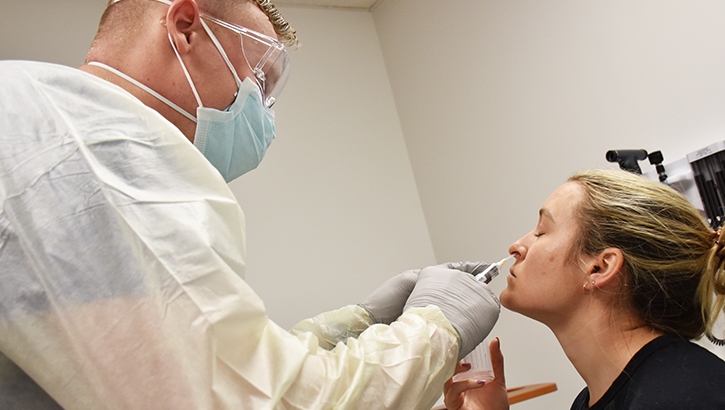
Find out how to access results and stay safe
Mobility Airmen conduct historic first aeromedical evacuation mission using Transport Isolation System
Article
5/4/2020
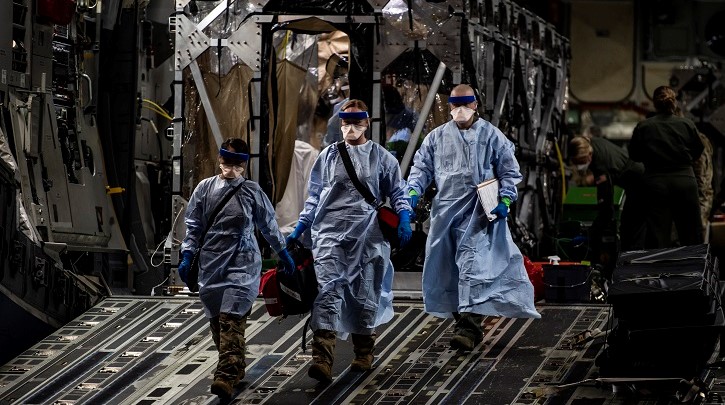
The TIS is an infectious disease containment unit designed to minimize risk to aircrew, medical attendants, and the airframe.
CDC maintains childhood immunization guidelines during COVID-19
Article
5/1/2020
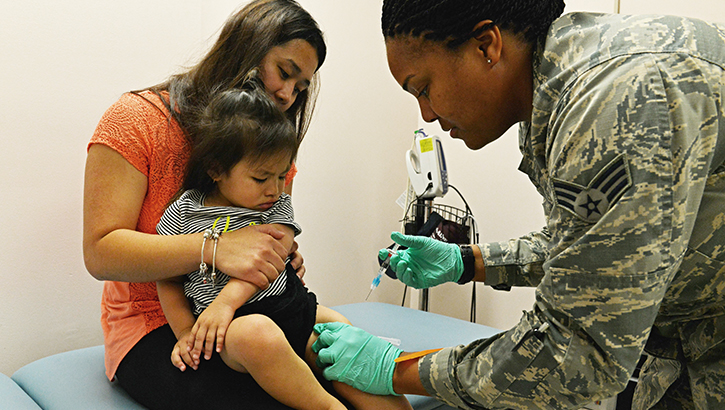
What you need to know about getting your child vaccinated
Army veterinarians post FAQ for pet owners to Army Public Health Center COVID-19 website
Article
4/30/2020

Studies are underway to investigate human to animal transmission in multiple animal species.
COVID-19: Know symptoms and next steps to help ensure full recovery
Article
4/30/2020
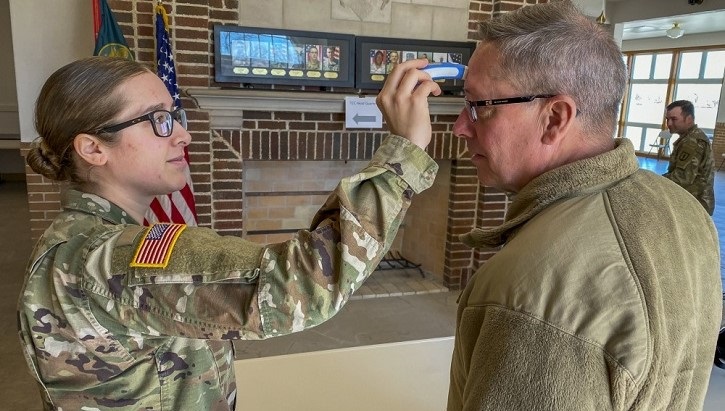
Symptoms of COVID-19
BAMCheroes appreciation
Video
4/29/2020
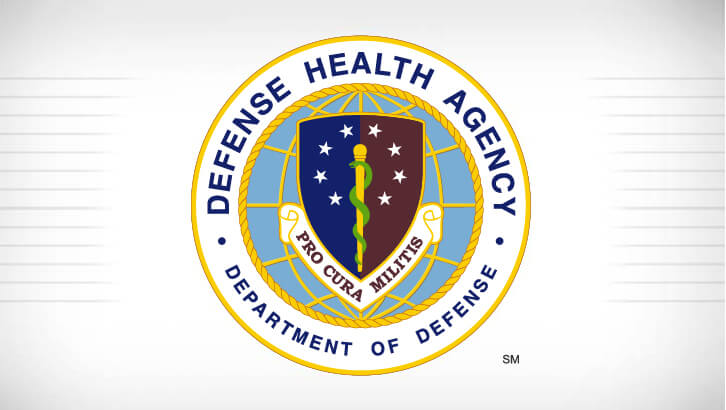
Our community has been a great source of support! Check out some of the positive feedback Brooke Army Medical Center has received for our incredible healthcare professionals.
Defending the Homeland: WRNMMC on front line of COVID-19 war
Article
4/29/2020
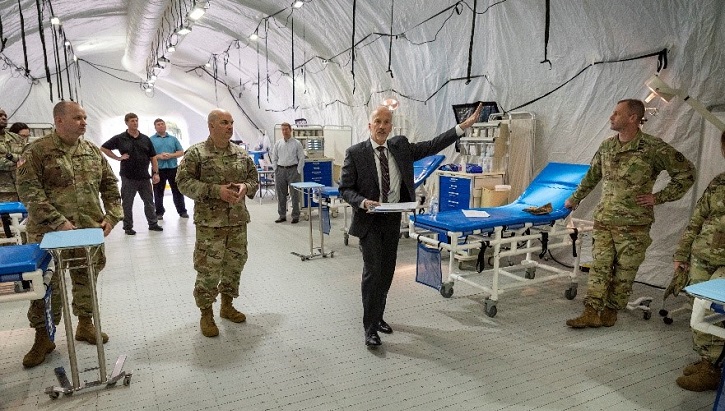
For patient and staff safety, WRNMMC started restricted access control points March 12.
Amid COVID-19, seasonal influenza still a threat to force readiness
Article
4/29/2020

New Southern Hemisphere flu vaccine available May 2020
MHS pharmacies adapt services amid COVID-19
Article
4/28/2020
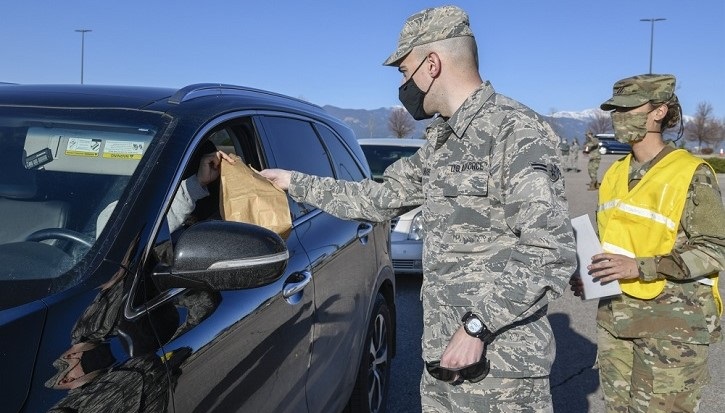
Curbside, drive-thru, parking lobbies among solutions for prescription pickup
General’s visit punctuates engineering efforts converting arena to alternate care site
Article
4/27/2020
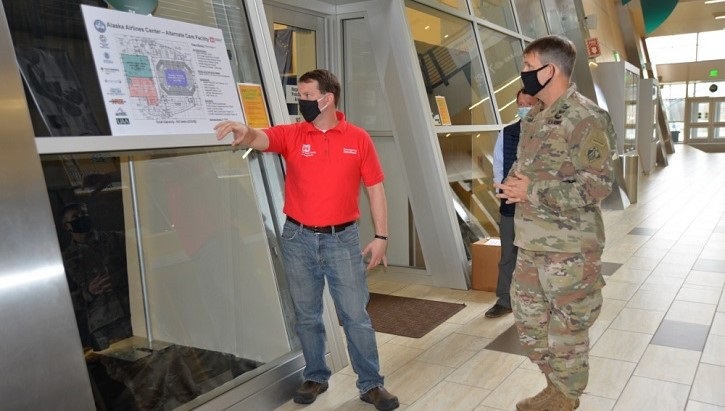
The project cost $1.26 million and was completed in one week.






















.png)











No hay comentarios:
Publicar un comentario